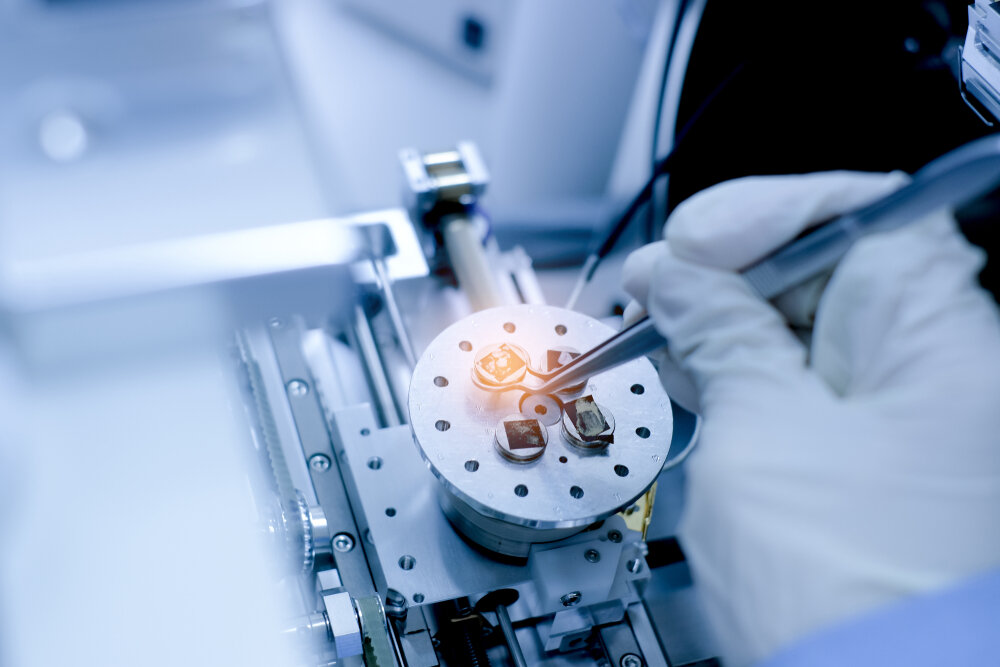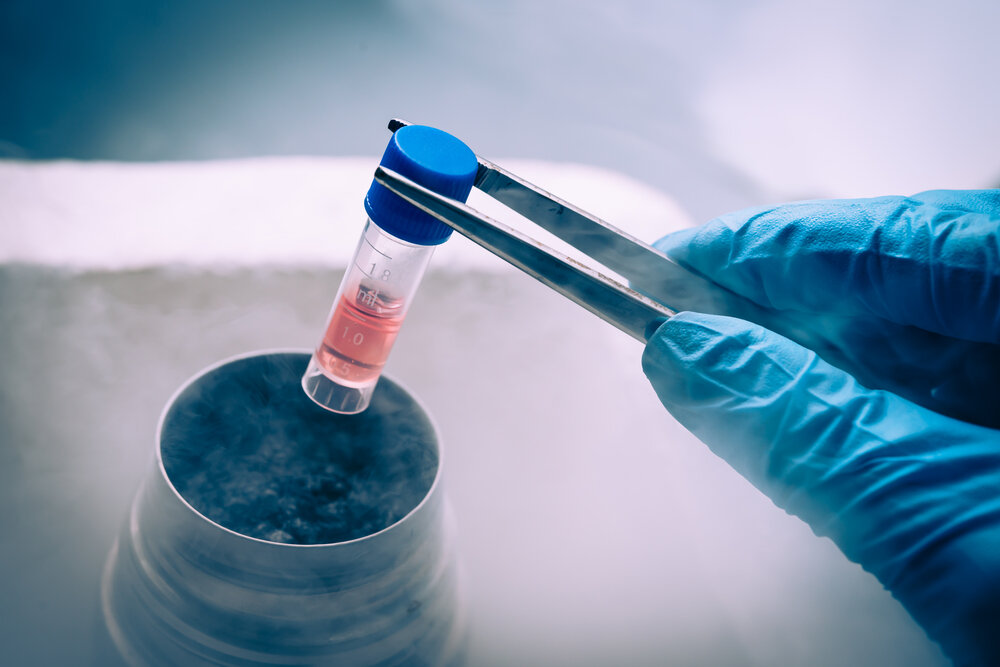The Role of Nanotechnology in a Forensic Investigation

It is evident that the application of nanoscience in a forensic investigation has helped criminologists to solve crime mysteries in less time and with greater efficiency. The rapid advancements in forensic science come with technological improvements in nanotechnology. This article highlights some of the major achievements in forensic science based on nanotechnology.
Identification of Fingerprints
Fingerprints have been used as unique evidence by criminologists since ancient times. Latent fingerprints are developed from several colored materials such as aluminum flake on a dark background and carbon soot on a light background. However, these materials have major drawbacks such as unclear images of the fingerprint. This problem is solved by using nanotechnology-based materials.
The practice of latent fingerprint detection using nanoparticles can be traced back to 1970.
In 1980, gold and silver nanoparticles were commonly used for the visualization of latent fingerprints on the surface of porous paper. However, for the last 20 years, several other nanoparticles such as CdS (a photoluminescent nanocrystal capped with dioctysulfo-succinate), silicon dioxide, fluorescent starch‐based carbon, Eu+3‐doped Al2O3, and aluminum oxide have been popularly used for the detection of latent fingerprints on both porous and nonporous surfaces.
More recently, a group of researchers found a novel ZnO–SiO2 nano-powder for the detection of latent fingerprints on various surfaces (dry and wet). This nanopowder is highly efficient to envisage finger ridge in detail, which is an important factor for criminologists.
Detection of Explosive Residue and Traces of Petroleum Hydrocarbon
The main reasons criminologists face major challenges in the detection of explosive residues are listed below:
Low quantity of unexploded explosives
Contaminated samples
The fragmented residues of explosives (bomb blast) get scattered far from the real place of occurrence, while the unfragmented residue (trace amount) of the explosive may remain at the crime scene.
The nano-based technology is immensely useful for the identification of the trace amount of fragmented explosives from the crime scene. This technology also helps the investigators to detect microscopic particles of gun powders on the shooter’s hand.
Curcumin nanoparticles and amine-terminated nanoparticles are highly sensitive and are effectively used for the detection of trinitrotoluene.
Nanotechnology also helps investigators to solve petroleum product problems, for example, in cases that involve arson and would require examination of petroleum hydrocarbon traces.
DNA Analysis
DNA (genetic material) is one of the most important and unique evidence that could identify the presence of a person at the scene of the crime.
Magnetic nanoparticles help extract DNA from different sources such as the skin, saliva, blood, semen, and hair.
Nanotechnology-based tools (carbon nanotube) also help to analyze DNA sequences using atomic force microscopy technique.
Nano Trackers
Trackers and barcodes are used to track down stolen or missing products. These barcodes help to prove the authenticity of an item and prevent duplicating or counterfeiting products of reputed brands.
Barcoding plays a significant role in keeping the brand’s reputation, and also prevents economic loss. Nanotechnology has developed various nanofibers and nanodots with color codes that could help detect fake products.
It is also extremely useful for maintaining prison security that prevents convicts from absconding. Nano trackers are injected into the prisoner’s body, enabling the duty officers to monitor the movement of a convict. Even after an individual is released, this tracker keeps a detailed footprint of their movement and has helped prevent subsequent crimes by the same criminal.
Nanotechnology is also relevant to solve cases related to cybercrime and sting operations (authentication of tapes and identification of speakers).
Drug-Facilitated Crime (DFC) and the Use of Gold Nanoparticles
DFC is commonly known as “date rape” and involves psychotropic substances which impair the decision-making capacity or behavioral control of an individual.
These drugs are used in various criminal activities such as rape and other heinous sexual assault on all age groups (minors to adults). It is also used for money extortion and robbery.
While following the existing conventional methods for the detection of these kinds of drugs, forensic experts face a lot of challenges in terms of sensitivity, cost-effectiveness, and other instrumental limitations. Recently, researchers have developed a smart and efficient method for the identification of these illicit drugs with the help of nanotechnology.
This “smart” system uses citrate-stabilized gold nanoparticles (probe) and smartphone camera (analysis device) for quick qualitative and quantitative detection of codeine sulfate. This method is highly beneficial because of its ultra-sensitivity to detect a minute amount of codeine sulfate on-spot with great accuracy by analyzing the colorimetric changes in the probe.
Gold nanoparticles have also proved to be efficient for the detection of trace amounts of clonazepam.
Using Nanotechnology to Estimate the Time of Death
Estimation of the exact time of death is a vital factor in crime investigation. In the conventional system, various parameters are analyzed to predict the time of death. Some of the important parameters are:
Changes in the eye
Rigor mortis
Postmortem hypostasis
Contents of the urinary bladder
Changes in decomposition
However, conventional methods can only predict an approximate time of death. Researchers believe that nanotechnology, i.e., fluorescent nanoparticles could be used to estimate the level of amino acids (VH) with the help of flow cytometry.





